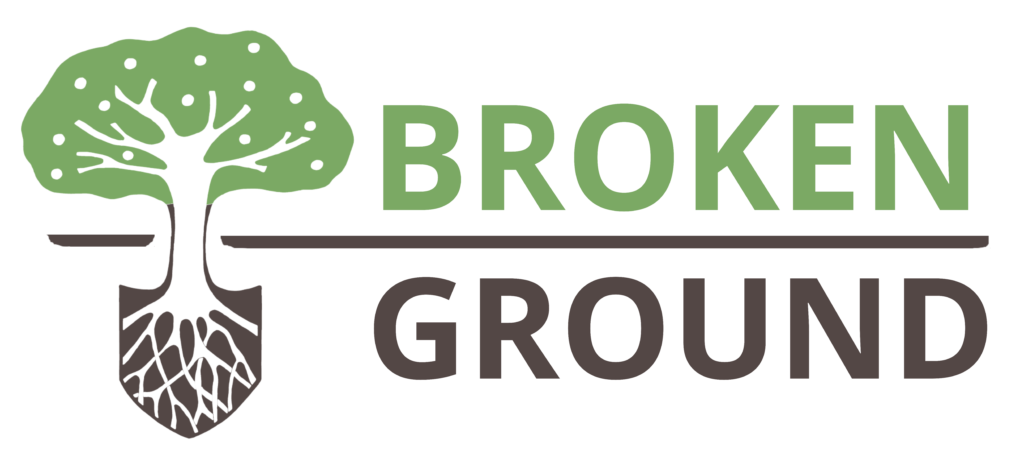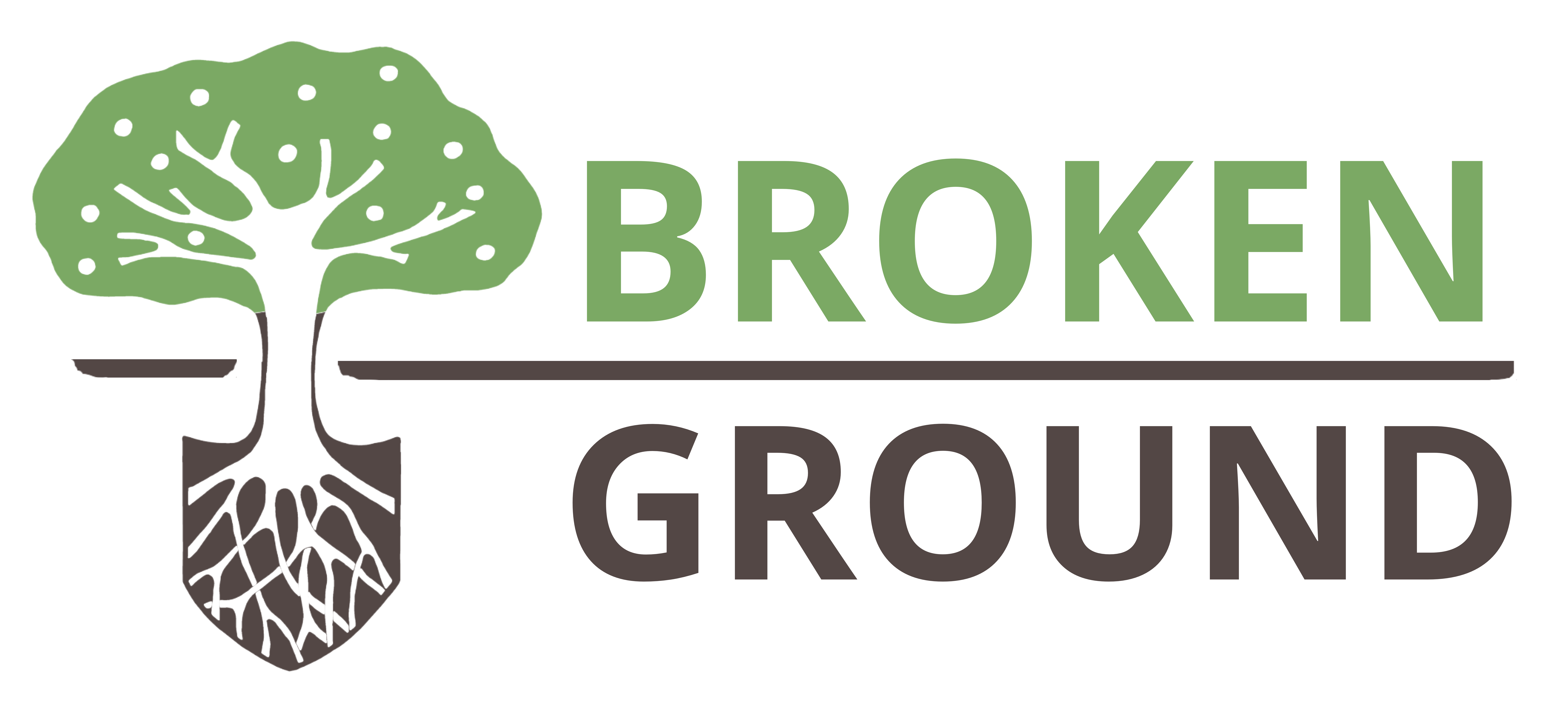Despite a bumper crop of raspberries and tomatoes starting to produce, it’s not all unicorns and butterflies over here on the homestead. Weekday harvests in the food forest have been interrupted by the background noise of earthmoving machines.
You may recall that to make way for a new development, a substantial wildlife corridor was taken down across the street from us. They are now leveling out the area in preparation for construction. The loss of that corridor, coupled with the noise and disruption, is agitating to say the least. However, it has solidified my resolve to continue encouraging people to plant trees, shrubs and wildlife habitat in their own backyards.
Which gets me to the video I wanted to share with you today. In it, I walk you through the steps of how I established my front yard native, drought tolerant pollinator garden. I put together this video because it’s also a common question I’m getting from more and more of my clients.
In an earlier blog post, I talked about the importance of native plants and the critical role they play in supporting a healthy environment, increasing wildlife and pollinator populations, reducing the use of pesticides and fertilizers, and cleaning air and water. I especially like Doug Tallamy’s idea of creating a “Homegrown National Park” where homeowners, especially in the suburbs, can contribute to reweaving the web of biodiversity by planting native plants. It’s such a concrete and simple way in which many of us can contribute.
So click on the video to learn more!

